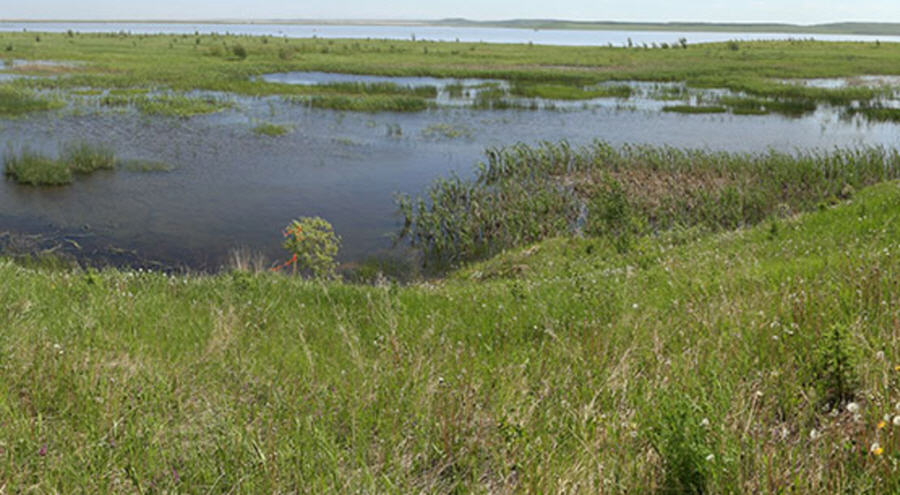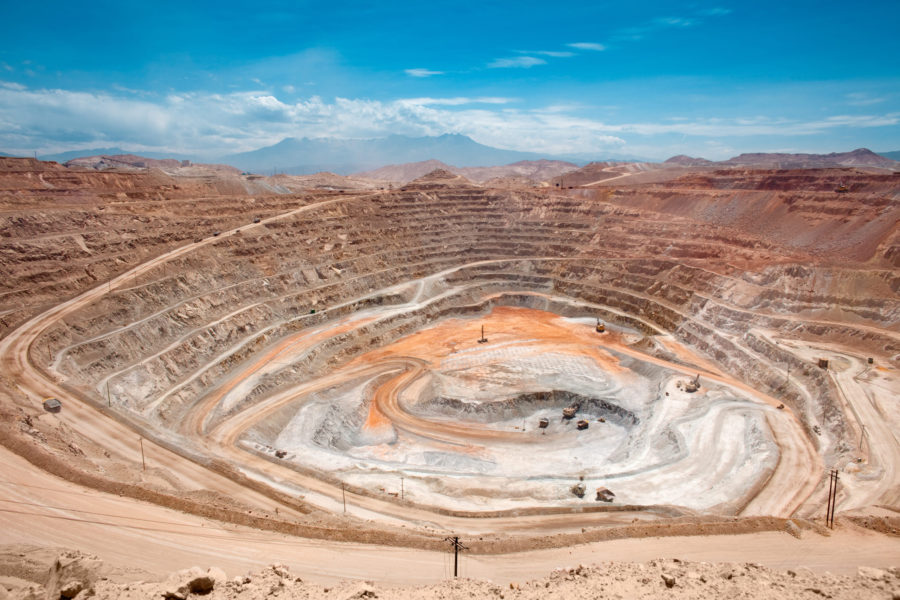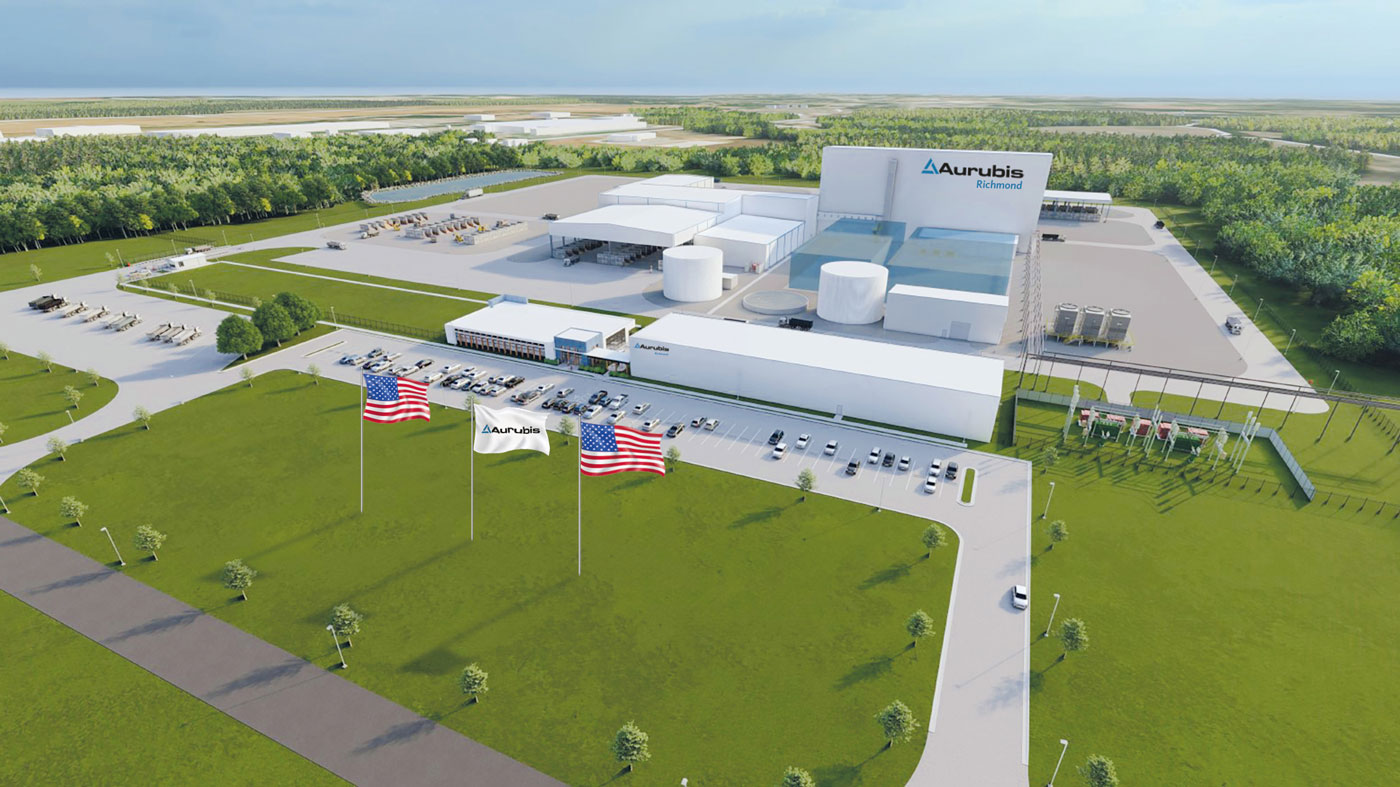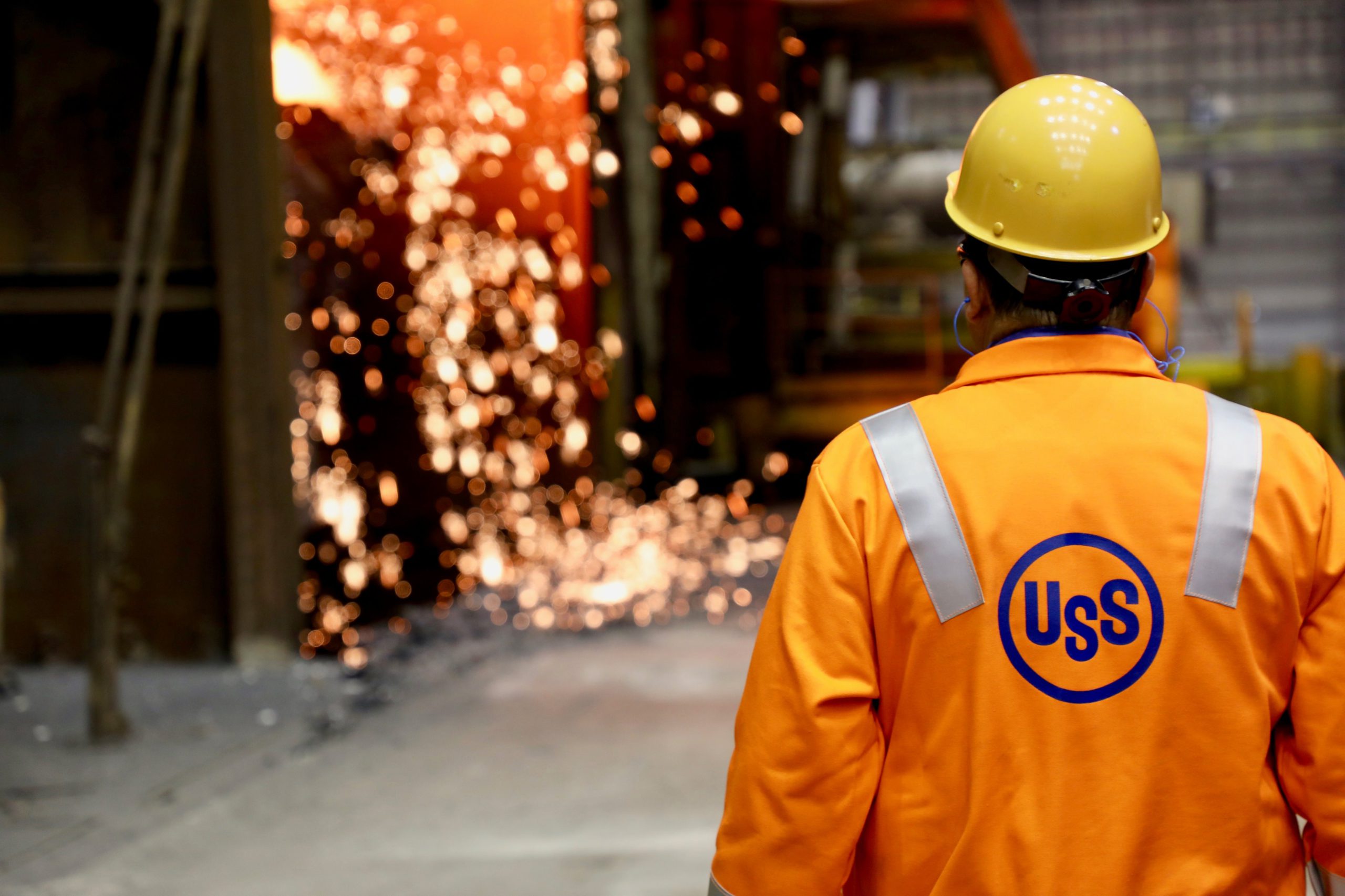Suncor’s plan for tailings clean-up rejected by Alberta’s regulator

Suncor Energy’s plan to clean up tailings in some of its oil sands operations using water capping, also known as an end-pit lake, have hit a snag as the Alberta Energy Regulator rejected the proposal saying the firm’s plan lacked evidence the strategies would work.
In a nutshell the ruling is about insufficient information.
This is related primarily to the fact that water capping is considered to be an unproven oilsands tailings reclamation technology. It has been used successfully in other resource mining operations in Canada—such as at Teck’s Sphinx Lake near Hinton, Alberta, which is a habitat for rainbow trout and bull trout in a former coal mine pit—but is new to Alberta’s mined bitumen projects.
The AER required all oilsands mining operators to submit new tailings management plan applications by November 1, 2016 after the release of its new tailings regulatory framework, Directive 085.
Click here for a new summary of tailings performance and technology development.
Among the pieces of missing information in Suncor’s applications cited by the AER applies to the company’s reference to end-pit lake work being conducted at Syncrude. The project’s Base Mine Lake was commissioned in 2012 and is currently being monitored and studied, according to Canada’s Oil Sands Innovation Alliance.
“Suncor indicated that significant work has been done on water-capping technology, citing Syncrude’s Base Mine Lake demonstration as an example. Suncor did not identify how the BML results addressed the primary risk associated with DDA3 [the proposed Suncor water-capped dedicated disposal area], or how the results would mitigate that risk,” AER vice-president Cal Hill wrote in a letter to Suncor published Friday on the regulator’s website.
“From the information Suncor provided, the AER cannot assess the risks, benefits and trade-offs to conclude that water-capping technology will result in an aquatic ecosystem in the time predicted.”
Suncor also proposed an alternative to water-capping technology, as is required by the AER because it is considered unproven.
“As an alternative to water-capping, Suncor proposed to cap its tailings with solid material (eg., tailings sand) and create an in-pit terrestrial landform. The decision for capping the tailings with solid material, as opposed to water, would be made in 2039, six years after the end of mine life,” Hill wrote.
“Inadequate information has been provided to assure the AER that the terrestrial option will achieve the closure outcomes, including a deposition plan, a dewatering plan, an assessment of the impacts to the water capping technology, ready-to-reclaim criteria, or that the terrestrial option’s reclamation timeline could be reduced by other strategies and trade-offs.”
The AER says that Suncor also did not provide adequate evidence that its proposed ready-to-reclaim criteria would ensure that its treated tailings deposits could be reclaimed as predicted, in the time predicted, as is mandated by the regulator.
Hill noted that the AER acknowledges Suncor is committed to responsible development of the oilsands resource, including a balanced approach to the management of fluid tailings.
“This denial is without prejudice to any applications that Suncor may submit,” he wrote.
“As per Directive 085, Suncor must submit a new, complete fluid tailings management plan application and any additional amendment applications required to support changes to the approved project.”
In a statement issued on Friday, Suncor said it “will continue to work with the regulator in order to move the regulatory process forward.”
This story was first published by JWNenergy.com.
More News
Peru mining chamber sees copper output up 2-4% this year
That would put Peru's copper production between 2.79 million and 2.85 million metric tons.
April 09, 2025 | 02:53 pm
Aurubis to ramp up new US copper recycling facility
Aurubus has invested $800 million building the project, which took four years.
April 09, 2025 | 02:50 pm
Trump says he does not want to see US Steel go to Japan
The comment appeared to contradict recent actions by the Trump administration.
April 09, 2025 | 02:49 pm
{{ commodity.name }}
{{ post.title }}
{{ post.excerpt }}
{{ post.date }}




Comments